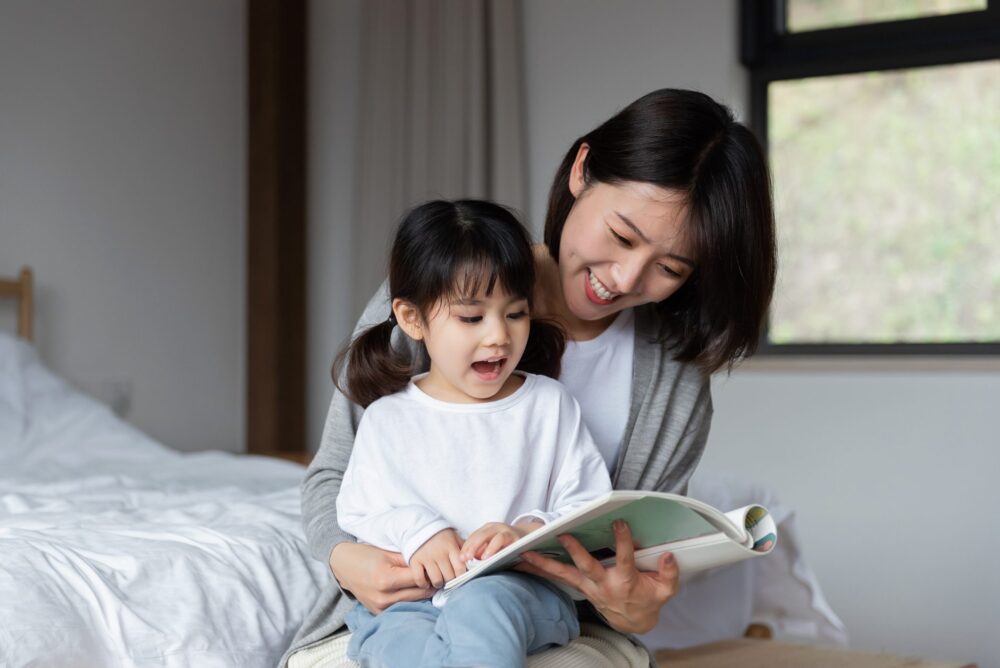The pandemic brought parents and children closer, according to the United States Census Bureau. During the spring and summer of 2020, parents and children interacted most by spending more time eating and reading together.
The U.S. Census Bureau’s 2020 Survey of Income and Program Participation (SIPP) measured the percentage of parents who read to their children, ages zero to five, five or more times a week. Sixty-five percent of parents who completed the survey read to their children five or more times a week in 2018.
The percentage took a slight dip to sixty-four percent in 2019, then jumped to sixty-nine percent in 2020. College-educated parents, married parents, native-born parents, and parents above the poverty level read to their children more often. The survey found the 2020 percentage was higher due to fewer family outings.
Sharing meals with their children ages 0 to 17 was the most common type of parental involvement in 2020. In 2018 and 2019, 84% of parents ate dinner five or more times per week with their children. In 2020, that number rose slightly to 85%.
The SIPP found that the percentage of involvement changed depending on the families’ socioeconomic characteristics. Family outings dropped for most parents, but more so for those with socioeconomic challenges. Many places that families frequent, such as restaurants, movie theaters, amusement parks, and malls, were closed due to social distancing requirements and travel bans, leaving many families to entertain their children at home.
Families struggled during the pandemic with job loss, food insecurity, and having to use any disposable income, such as income from work, unemployment, child tax credit payments, or stimulus checks, for necessities such as food, rent, and paying off debt, leaving very little for entertainment.
Solo parents (parents with no spouse or a partner living at the same residence) had it rough during the pandemic due to limited time, lack of financial resources, and limited support networks. According to the SIPP, younger solo parents spent more time with their children than older solo parents in previous years. During the pandemic, younger parents were hit harder with job loss, leaving them less involved with their children in 2020.
The SIPP for 2020 also had a high non-response rate, meaning many people who were asked to participate in the survey didn’t. There was a bias with the non-response rate as the characteristics of those who responded to the survey were different from those who didn’t respond.
Parents who responded to the survey were more likely to be older, foreign-born, married, more educated, and above the poverty level compared to the two prior years.
The interaction of parents with their children was a positive consequence of the pandemic. More time was dedicated to education and quality time; however, for younger parents and those suffering from socioeconomic challenges, finding one-on-one time took a backseat to housing and food insecurities.

